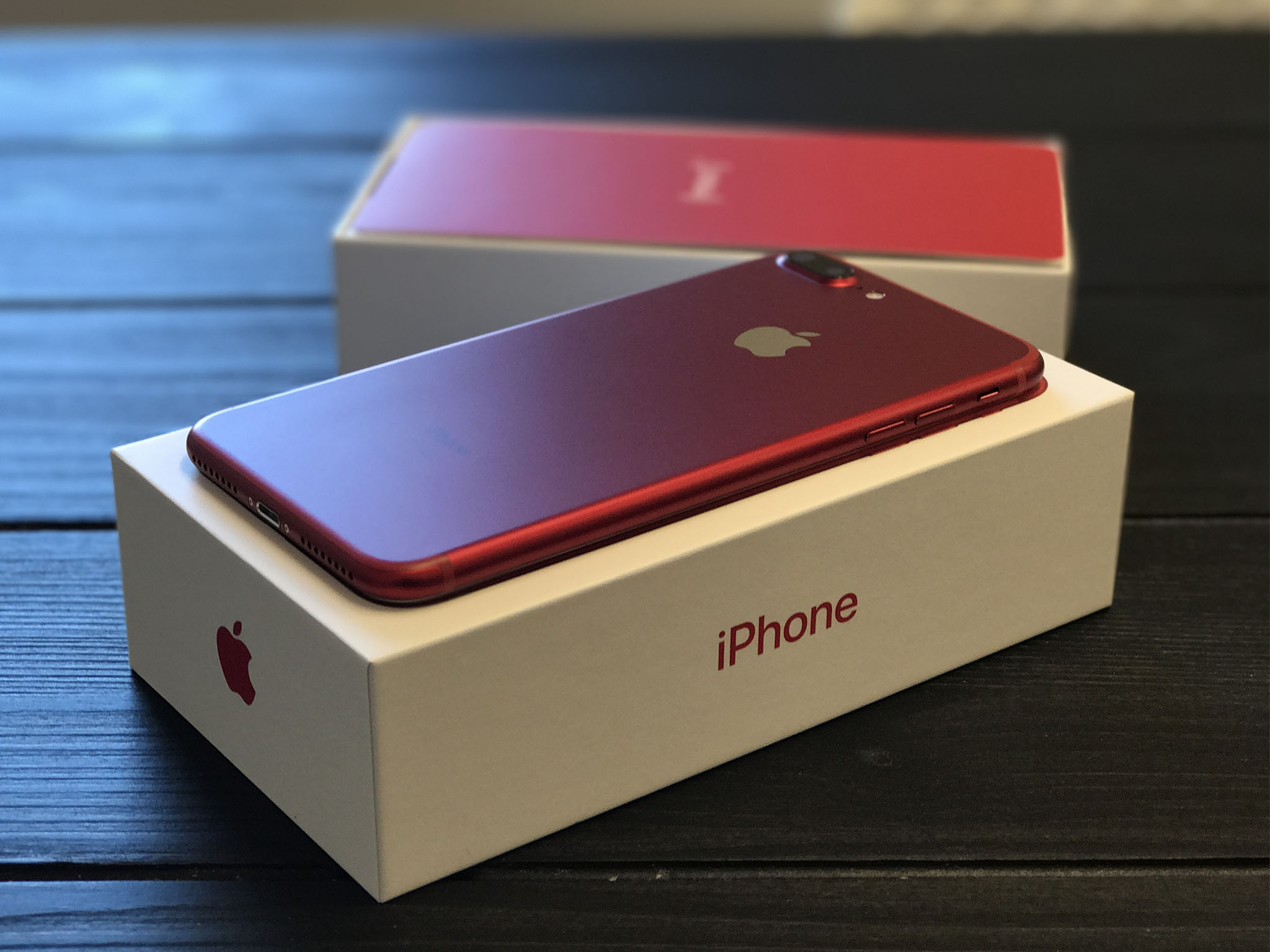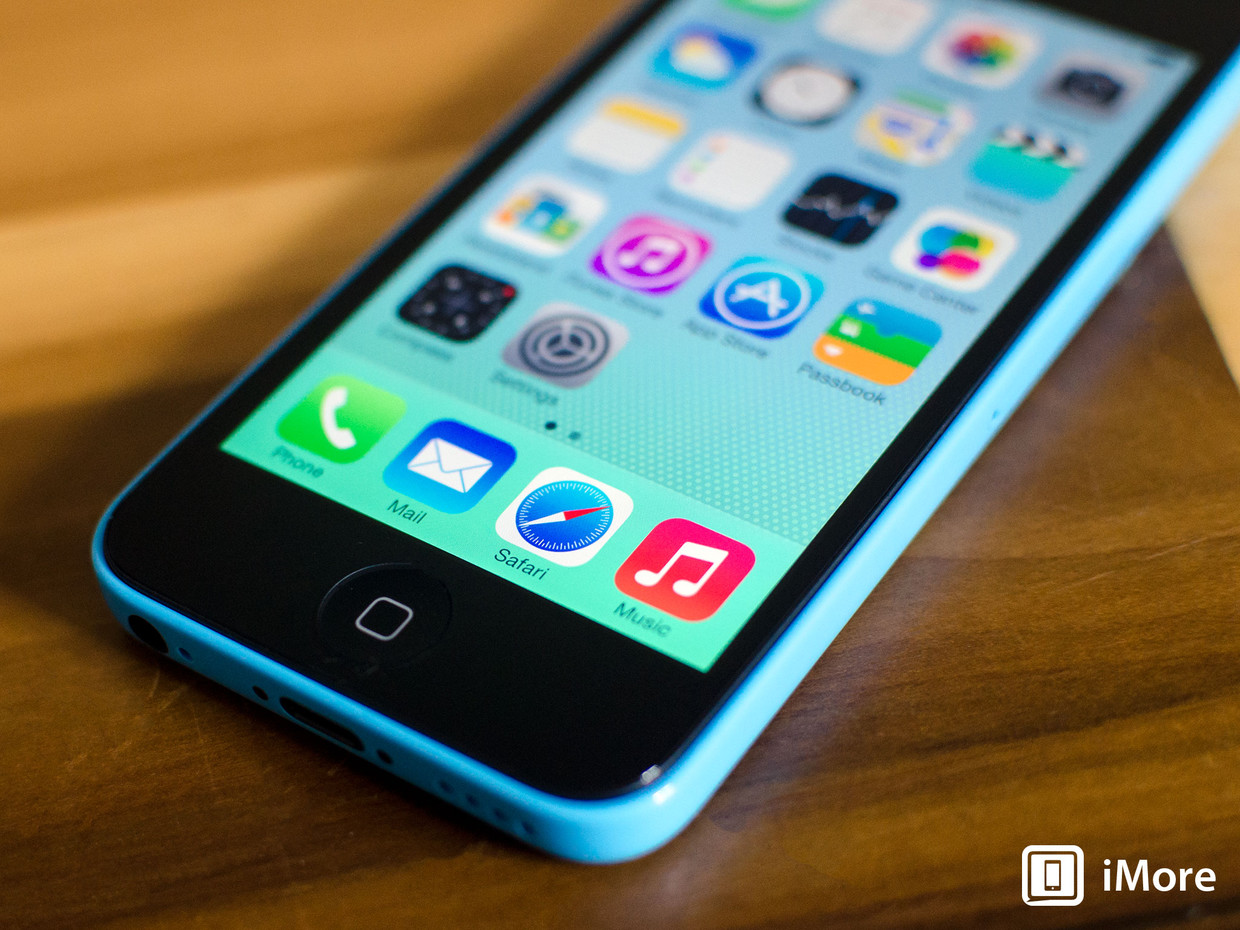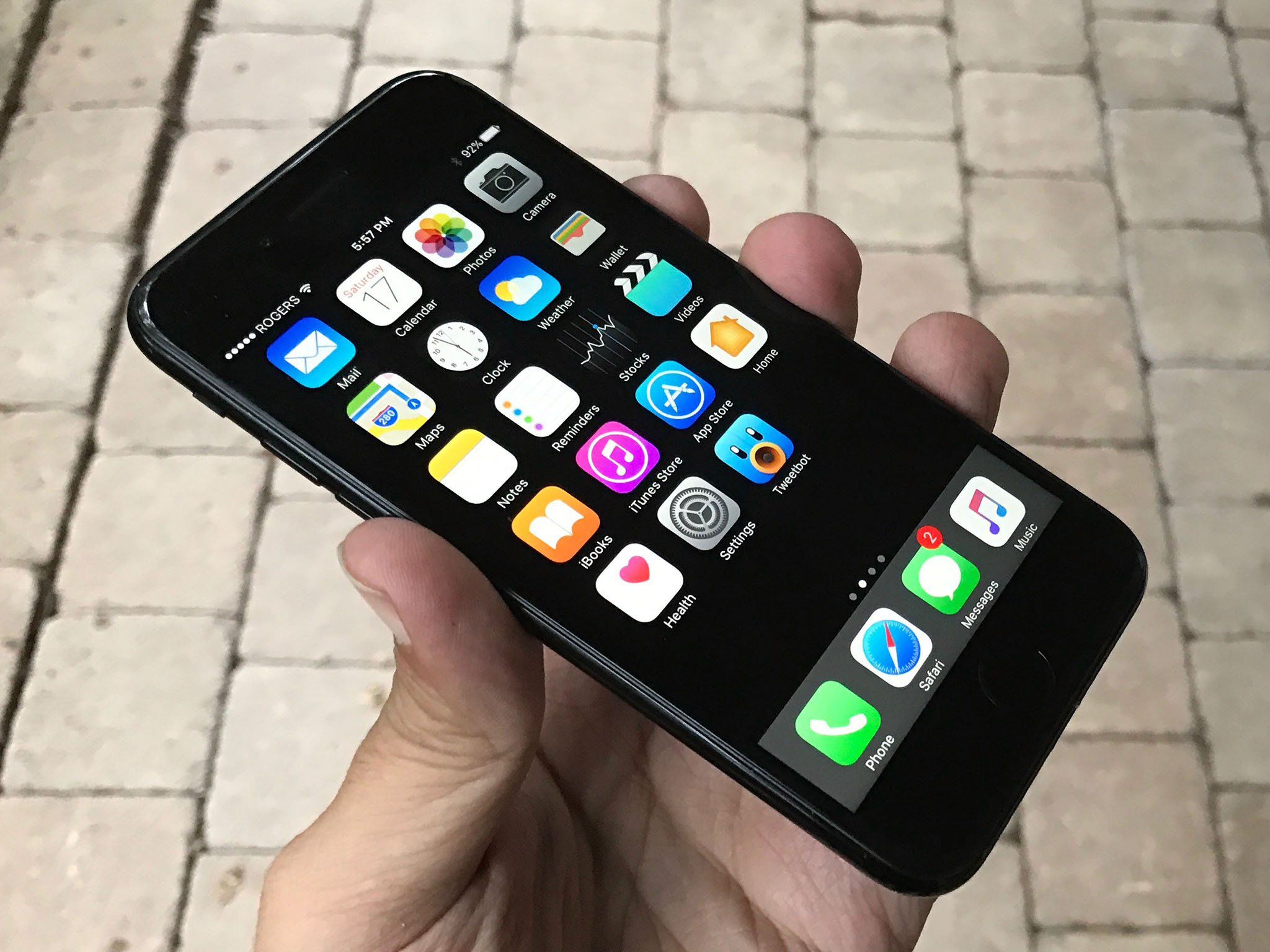iPhones of Future Past: Understanding iPhone 8

There's a shockwave that hits in advance of every iPhone launch — one that alternates between spectacular feature hype and devastating delay forecasts. And because we prefer the doom of never learning from history, every year we go on an emotional rollercoaster along with them.
This year, one of the issues that's raised concern is scale. Can Apple get enough OLED displays? Can the company get Touch ID working beneath them? Will Face ID work? What about plug-less charging?
Scale and fusion
Scale has been an issue for Apple for years. Famously, Amazon was able to include more advanced screen technologies on the Kindle Fire much earlier than Apple could on iPad entirely because of Amazon's much smaller manufacturing scale.

It's something Apple has had to balance for a long time. The difference is that, when Apple was still accelerating into new markets, it didn't matter. Now that Apple is selling into all the existing markets, and it has to create new ones, scale can matter.
When you go really high, really fast, you can leave space beneath you. (Poetically, that's why Apple created the A10 Fusion chipset, with a high-efficiency core paired to the high-performance core.)
iPhone 5c was an attempt to fill one such space. By going less expensive and more pop-culture, it was hoped Apple could add a steadier, more TV-like show revenue stream to the current blockbuster, movie-style spikes and valleys of the flagship iPhone business. Unfortunately, it didn't work out that way.
More iPhone
iPhone 8 — or whatever Apple calls the higher-end model this year — is another attempt to fill a space, a more expensive and more premium one. Serendipitously, the relatively smaller size of the higher-end market also lets Apple embrace newer and more advanced technologies — the ones that are harder to scale — sooner. This increases attraction, making for a virtuous cycle
Master your iPhone in minutes
iMore offers spot-on advice and guidance from our team of experts, with decades of Apple device experience to lean on. Learn more with iMore!

Apple did manage to put Retina in every iPhone 4. The company managed to put Touch ID in every iPhone 5s and Taptic Engines inside every iPhone 6s. Every year, Apple manages to put A-Series processors into every device it manufactures. Those were all industry-leading technologies, all delivered at previously unimaginable scales, and all now taken for granted. iPhone 7s and iPhone 7s Plus will no doubt continue to stealthily impress in exactly the same way.
iPhone 8 will simply let Apple impress in a different way — by including technologies that don't yet reach iPhone scale. In other words, by bringing tomorrow's iPhone to market today.
In terms of the business, it's really no different than getting an iPhone onto Verizon, onto China Mobile, with bigger and bigger displays, or with smaller displays again — it's about annexing adjacent markets and maximizing the revenue potential for iPhone.
As it becomes harder to sell more iPhones — the population of earth is now a limiting factor — selling more of an iPhone becomes beneficial. It's the same benefit Apple gets from selling services revenue on top of iPhone, but in atoms, not bits.
iPhones of future past
Apple sprints to the iPhone finish line each and every year, and every sprint risks stumbles. But as Apple crosses one, the company is already racing towards the next. In a very real way, the product teams inside Apple live in future. What we see in the present are echoes of decisions made in the company's past.
Every challenge, problem, opportunity, risk, and reward gets measured and tested long before a product ships. Years ago, Apple saw all the benefits and problems of edge-to-edge screens, Face ID systems, contact and contactless charging, and everything else you and I have just come around to worrying about on Twitter and Reddit. Likewise the benefits and problems of trying to market a higher end iPhone.
How will bezel gestures work, how will authentication be triggered, how will connection be ensured? Beyond implementation details, there's an incredible amount of design that has to be done to make all of it not just work but work intuitively.
How can iPhone 8 be marketed in a world that also has iPhone 7? Will it be the MacBook playbook, the MacBook Pro, the Apple Watch Edition? What will the market not only accept but embrace? Beyond shipping a product, there's messaging around that problem that has to not only explain the technology but tell the story.
And come this fall, we'll see how much and how well they've done. What features are enabled at release and which ones follow on later with updates. How it's positioned and how well it's accepted.

Rene Ritchie is one of the most respected Apple analysts in the business, reaching a combined audience of over 40 million readers a month. His YouTube channel, Vector, has over 90 thousand subscribers and 14 million views and his podcasts, including Debug, have been downloaded over 20 million times. He also regularly co-hosts MacBreak Weekly for the TWiT network and co-hosted CES Live! and Talk Mobile. Based in Montreal, Rene is a former director of product marketing, web developer, and graphic designer. He's authored several books and appeared on numerous television and radio segments to discuss Apple and the technology industry. When not working, he likes to cook, grapple, and spend time with his friends and family.

